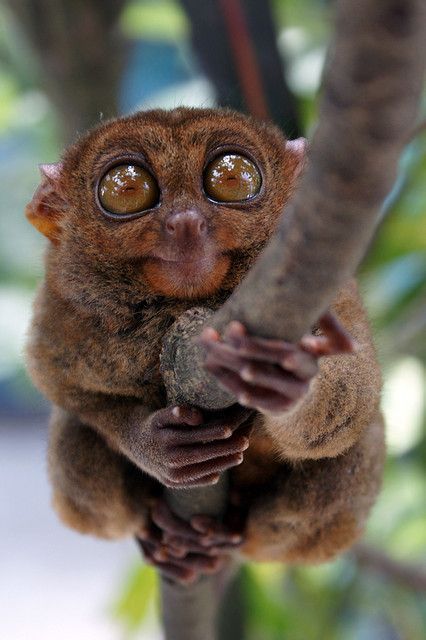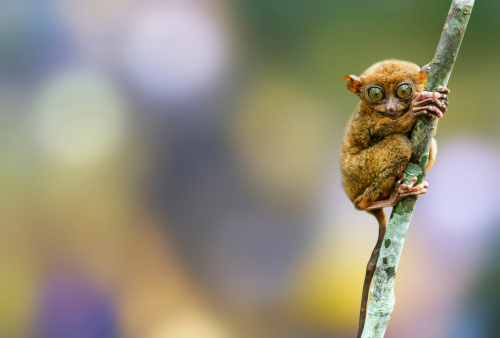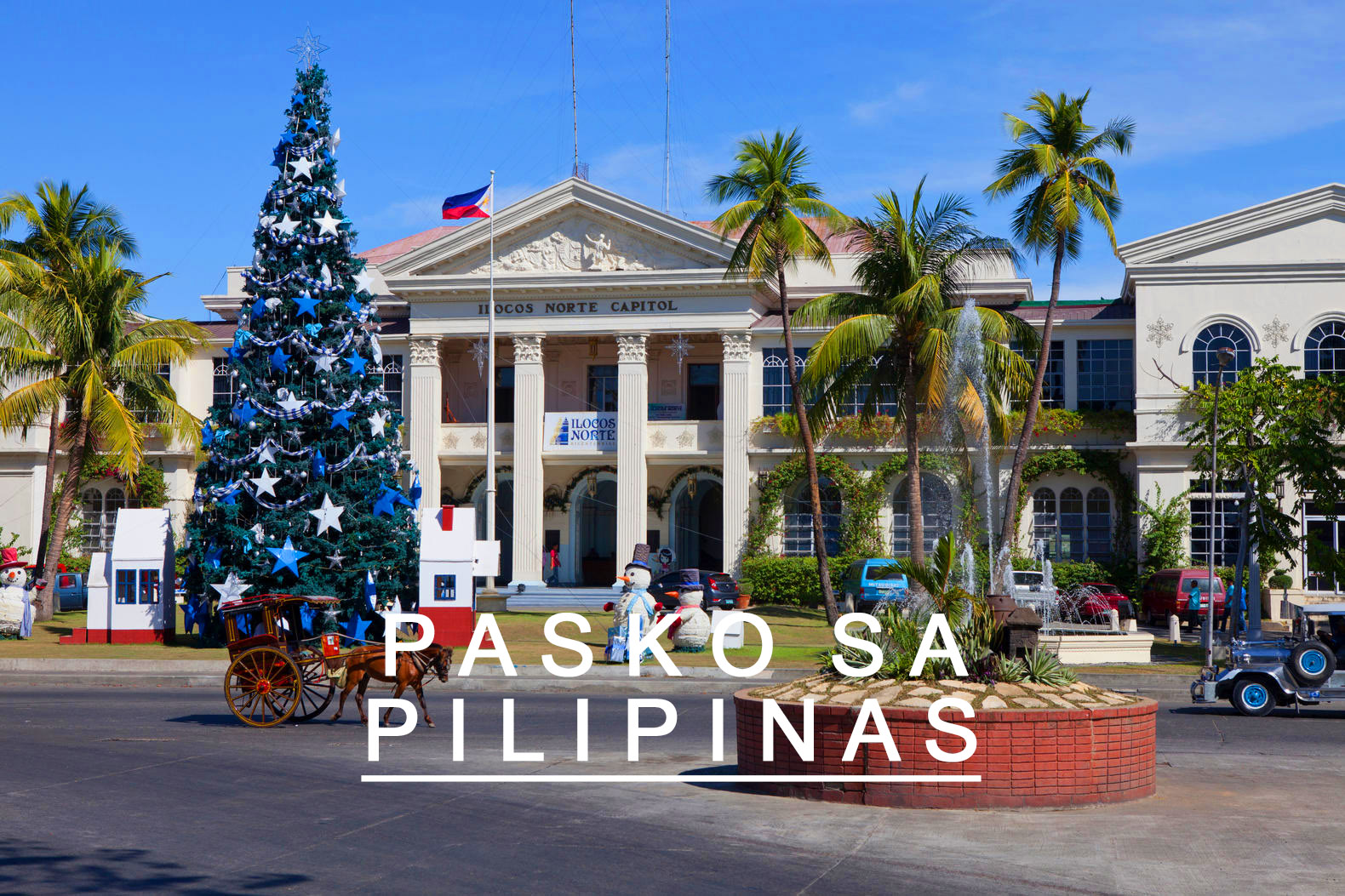
The Philippines is one of the most vibrant countries in the world when it comes to wildlife. The Philippines has become a sanctuary for a wide variety of flora and fauna species unique to the region. From the thriving coral reefs to the untouched jungles and rainforests, The Philippines houses one of the most biodiverse environments in the world.
The waters of the Pacific Ocean surrounding the island nation are filled with striking coral reefs, home to over 2,000 different species of fish. These reefs have become well known within dive communities, subsequently drawing in a large flow of tourists from all over the world.
Here we will take a closer look at some of the more unique examples of the kind of wildlife you can expect to find in the Philippines.
The rare and endangered animals of The Philippines
The Palawan Bearcat (Binturong)
The Palawan Bearcat is a truly unique animal when it comes to its physical appearance. It has a large heavyset body with paws like a bear, growing to as long as 1.4 metres (4.6 ft). In addition to this, it has a long bushy tail – which it can use to hang from trees – coupled with a face similar to a cat.
Despite the docile nature of The Palawan Binturong, it still has long sharp claws and teeth. These could quite easily tear through flesh. Though it’s generally not a concern for those handling the creature.
Philippines Crocodile (Mindoro Crocodile)
The Philippines Crocodile is a relatively small crocodile which gained popularity due to its critically endangered status. Previously, the Philippine crocodile was found across the nation but is now primarily found on Luzon. The drop in population was initially due to commercial exploitation of the crocodile, though it is now primarily due to the destruction of its habitat.
Philippine Eagle
The Philippine Eagles reputation of being a monkey eating bird hints at the sheer power of the animal. Being the largest eagle in the world means the Philippine eagle tends to prey on larger animals. It is known to hunt palm civets, flying lemurs and even monkeys.
Like the Mindoro Crocodile, the Philippine Eagle used to be found across the nation. Due to loss of habitat the eagle is now primarily found on the island of Mindanao.
Tarsier
The Tarsier is noted in the Guinness Book of Records for being the animal with the largest eyes in proportion to its body. Their eyes are actually unable to rotate inside their sockets; to compensate for this the Tarsier is able to rotate its neck 180 degrees.
Tarsiers are nocturnal creatures, sleeping through the day, then becoming very active at night. They use their ability to jump up to 10 feet to travel forests, hunting small creatures like insects and lizards.


Philippine Mouse-Deer
The Philippine Mouse-Deer also known as the Pilandok is local to the island of Palawan. It can often be seen roaming around the resorts of El Nido. The Mouse-Deer runs around the island at night feeding on fruits, leaves, buds and grasses.
An interesting trait of the Mouse-Deer is its suicidal tendencies. While under stress the Mouse-Deer is known to hit its head on trees and run off cliffs, possibly to relieve itself from the stress.
Animal conservation in the Philippines
Within the Philippines, many of the country’s biologically rich areas are still unprotected from extractive activities. Forest areas are still facing destruction due to indiscriminate logging, increasing population, mining, infrastructure development and conflicting land uses.
As mentioned, many animals unique to this country are facing extinction due to the destruction of their natural habitat.





Be the first to comment